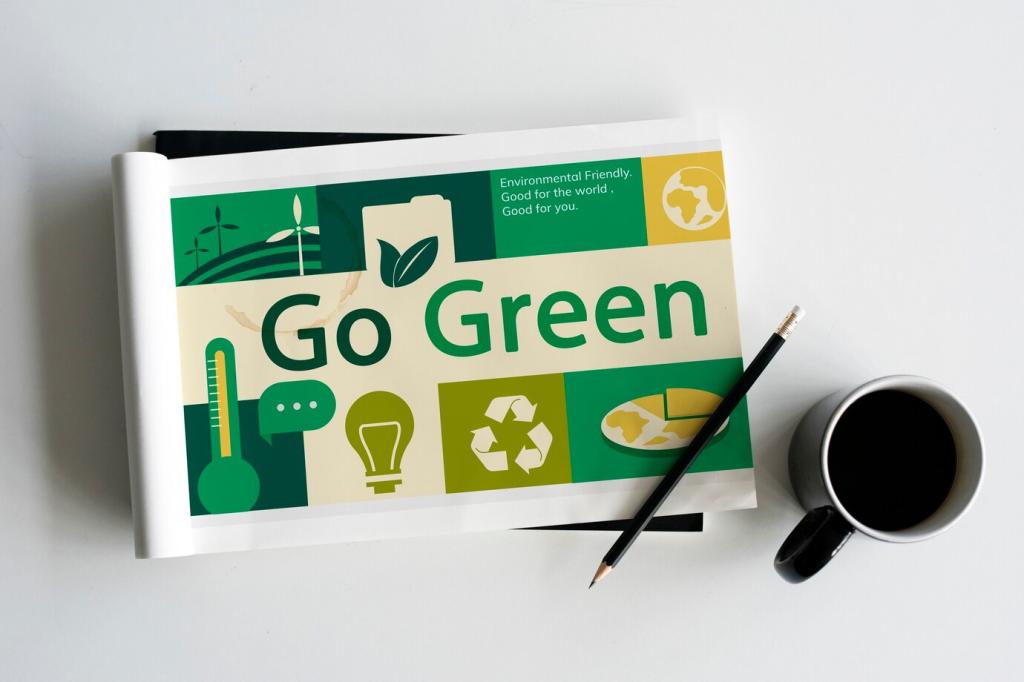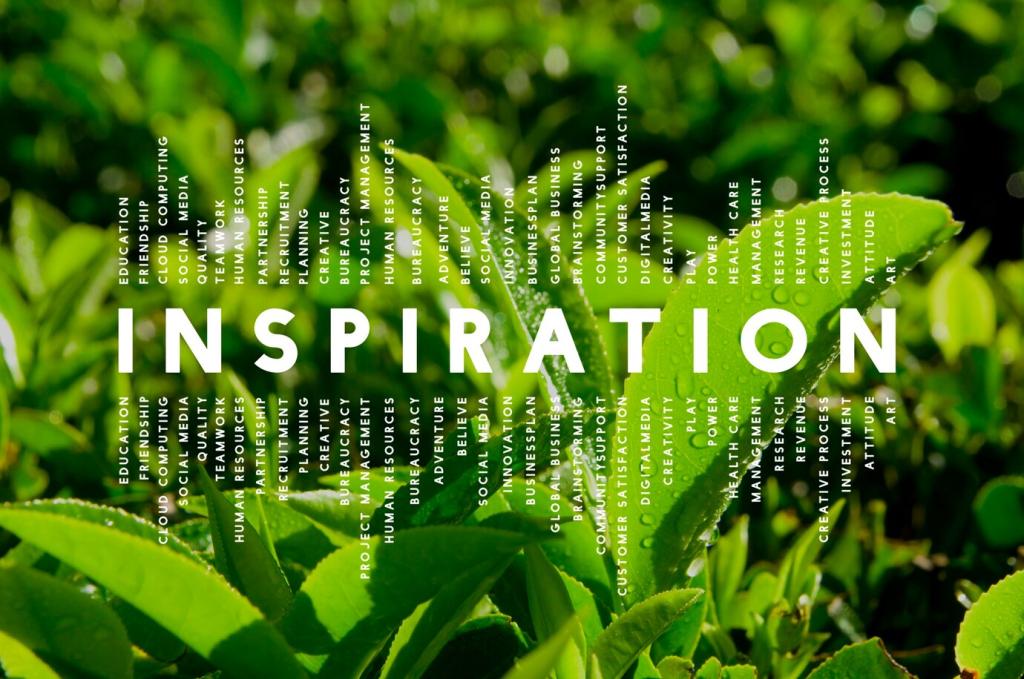Green Building Design Strategies
Green building design strategies are essential for creating sustainable, energy-efficient, and healthy built environments that minimize harm to the planet while enhancing human comfort and well-being. By integrating advanced technologies, thoughtful planning, and eco-friendly materials, these strategies aim to reduce resource consumption and environmental impact throughout a building’s life cycle. Adopting green building principles is not just about adhering to environmental regulations or saving energy costs; it also involves promoting occupant health, increasing asset value, and preparing for a more resilient future. This page explores the fundamental strategies and innovations that define green building design and their vital role in shaping sustainable communities.


Energy Efficiency and Renewable Integration

